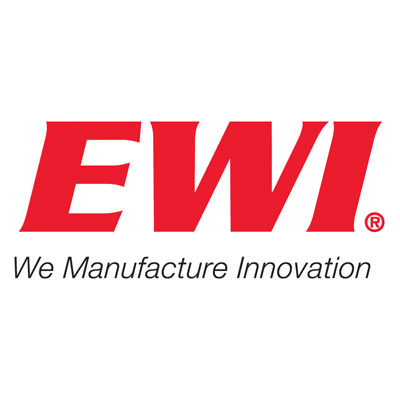

This project seeks to develop the use of computed tomography (CT) for inspection of metallic AM parts by investigating the current state-of-the-art to scan deliberately flawed parts.
Problem
Additive manufacturing (AM) has many advantages when compared to traditional subtractive manufacturing processes for fabrication of low-volume, high-value, complex shaped parts. Capitalizing on the advantages of AM can allow performance enhancements, weight reduction, cost reduction, and decrease production time of the parent product. However, quality control issues must be adequately addressed prior to widespread utilization. One of the key challenges is nondestructive inspection of AM fabricated components. Non-destructive evaluation (NDE) techniques are needed to validate the AM process performance. Flaws and cavities containing unused powder are unique to the powder-bed fusion AM processes and can make flaw detection more difficult. The lack of adequate NDE techniques for inspection of AM-produced parts was identified as one of the main current challenges to the use of AM. Recent AM roadmaps have identified and assigned high priority to: (1) surveying, selecting, and adapting current NDE technologies; (2) searching for new modalities; and (3) validating and transitioning of NDE to AM component inspection.
Objective
The objective of this project is to assess X-ray computed tomography (CT) performance in detection and sizing of typical flaws and nonconformances in titanium- and nickelbased alloys produced using AM. The project seeks to expand available data about X-ray CT quantitative limits for detection of discontinuities in complex geometries, such as aerospace components. The key project objectives include: (1) identify and select complex aerospace components for NDE analysis; (2) create embedded flaws in the AM build process; (3) build the selected components using direct metal laser melting (DMLM) and electron beam melting (EBM) AM processes; (4) conduct X-ray CT of these AM-built components; and (5) assess the X-ray CT performance in detection and sizing of flaws and typical AM nonconformities.
Technical Approach
The project team includes EWI, Rolls Royce, Lockheed Martin, GE, GKN Hoeganaes, Moog, and Yxlon International. The team plans to review and identify aerospace components with desired complexity suitable for AM fabrication and of interest to the AFRL. The technical approach encompasses:
- A study to incorporate designed flaws into Inconel 718 and Titanium 6Al-4V coupons to determine achievable flaw shapes and sizes using various techniques, creating both surface and subsurface flaws.
- CT modeling and simulations to estimate flaw detection capabilities using the geometries and materials of the selected components.
- Fabricating the selected parts with the identified designed flaws of various shapes and sizes using DMLM and EBM processes, including post-processing using typical part and material-based thermal treatment plans.
- Performing NDE on the components using X-ray CT and several CT parameter sets followed by metallographic destructive characterization to determine actual flaw dimensions to compare to the CT data. Results are analyzed to assess the X-ray CT performance in detection and sizing of implanted flaws, as well as other fabrication nonconformities.
Accomplishments
X-ray CT was shown to be a good NDE method for inspection of complex AM parts. Part size, material, inspection quality level, and CT equipment capabilities are primary considerations for obtaining successful CT results. The cost of implementing CT inspection for AM parts is also an important consideration.
The SimCT modeling and inspection simulation software accurately predicted detection capabilities for the flaw coupons, as well as the bracket and heat exchanger (HEX) geometries. CT techniques used during the project provided consistent detection of flaws having dimensions of 0.004 in. (0.10 mm). All techniques used during the project were considered typical techniques that would be suitable for supporting production.
X-ray CT worked well for detection of flaws in the small titanium brackets, however, the full-size Inconel 718 HEX parts presented problems. A combination of material density, part size, and geometric complexity made it difficult to accurately image the 0.030 in. (0.77 mm) channels in the heat exchangers. The use of a CT fan beam on a HEX sample demonstrated the noise reduction benefits of this technique, resulting in improved image resolution.
CT flaw measurement accuracy compared reasonably well to metallography measurements given the difficulty in determining the location for placing flaw measurement cursors due to uneven flaw edges.
Flaws in bracket components were not detectable by CT after hot isostatic pressing (HIP). It is assumed that HIP diffusion bonds the walls of voids resulting in parent metal strength but this assumption would require verification for AM components.
Project Participants
Project Principal

Other Project Participants
- Rolls Royce
- Lockheed Martin
- GE
- GKN
- Moog
- Yxlon
Public Participants
- U.S. Department of Defense
- National Science Foundation
- U.S. Department of Energy
